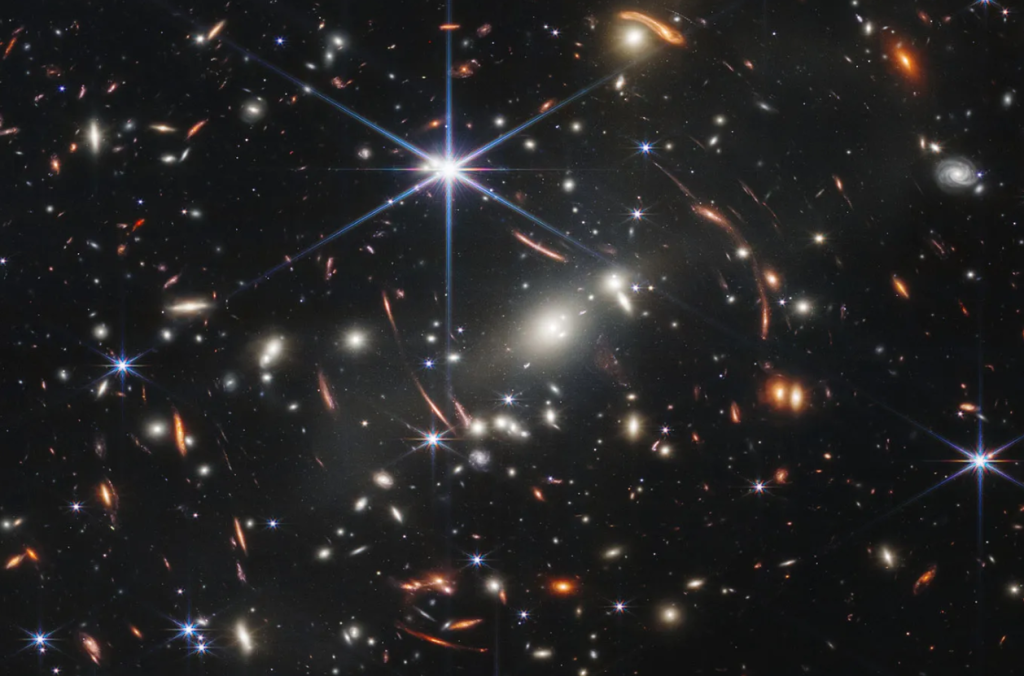
This voluminous study is a kind of synthesis of the author’s research in the varied fields of the natural sciences. Now, uniting all of his contemporary knowledge of the humanities and natural sciences, he tries, in this study, to find the answer to one of the biggest problems of the humankind: how was the Universe born. We cite here one of the essential thesis of his paper:
“In the initial, changeless phase of its unfolding — the Big Bang’s Planck Era — a multitude of fundamentally absurd elements are already present: infinite, hyper-extreme temperature; infinite pressure; infinite energy density; infinite curvature; and so on. In fact, no elements other than absurd ones exist at this stage.
Many quantum physicists regard every phenomenon of this era, with its parameters receding into infinity, as impossible — utterly inconceivable — regardless of how firmly they emerge from calculations that have been verified countless times. One may, of course, consider the picture incomplete, or even subject to total revision in the future. Attempts to incorporate quantum effects into the description of the Planck Era have so far met with no truly conclusive success, despite the high hopes of many particle-physicists. At the same time, many microphysicists maintain that such attempts would yield no meaningful results whatsoever, while others consider the problem insoluble from the outset.
Yet whatever the stance, the nearly century-long, universally acknowledged absurd character of this era can inspire not only the effort to transcend the absurd picture or to refute the reality of absurdity — but also its acceptance! This is the position we ourselves take, and hardly without reason.
The presence — according to calculations — of hyper-extremes and infinite values that are entirely impossible within the Planck Era invites not only the thought that our informational basis is incomplete – but also the recognition of absurd functioning. The fact that colossal hyper-extremes and hyper-phenomena could not possibly condense into a point-like state without space, without time, without matter — and yet do so — likewise suggests not merely an as -yet- unexplained phenomenon, but also the absurd functioning and the validity of absurdity. That such hyper-extremes and hyper-phenomena should exist without any precedent — something science deems impossible — yet be present without precedent, similarly invites not only speculation about emergence from nothing, or perhaps divine creation – but also points toward absurd functioning and the operative reality of absurdity.
This pattern could be extended indefinitely: in every case, the phenomena and values in question would appear solely in versions that are scientifically impossible yet realized—manifestations, in other words, of absurd functioning and the validity of absurdity. The Planck Era can scarcely be called absurd solely for its extreme physical characteristics, its hotter-than-hot, hyper-valued traits. Even its very existence, its realized state, was itself an absurdity.
Since we accept the century-old scientific consensus that the Big Bang had no antecedent, we must also address the problem of the transition from nothing (Nonexistence) to something (Existence). Here too, the essential features of absurdity provide guidance.
Ontology — a branch of philosophy spanning from antiquity to the present — holds that absurdity can validate both nothing and something alike as its own elements or constituents, and thus may arise without any distinct origin zone, provided nothing obstructs it. Moreover, by virtue of its own functioning, absurdity is capable of generating itself, again provided there is nothing to hinder it. According to ontology, absurdity can also act independently of space, matter, and time—capacities contrarily of the Universe’s other forces, which cannot operate in such complete detachment.
A Greek postulate, occasionally reiterated by thinkers from antiquity to the present, affirms that absurdity can accomplish anything that is absurd until it is brought under the dominion of some ordering force of change. Another postulate adds that anything — of any nature, in any magnitude — may become an immanent element of absurdity. In the present context, this may include density, pressure, curvature — or even nothing itself.”
I strongly recommend a thorough studying of this paper that contains many other amazing thoughts.
ANDREW R. DAMU

